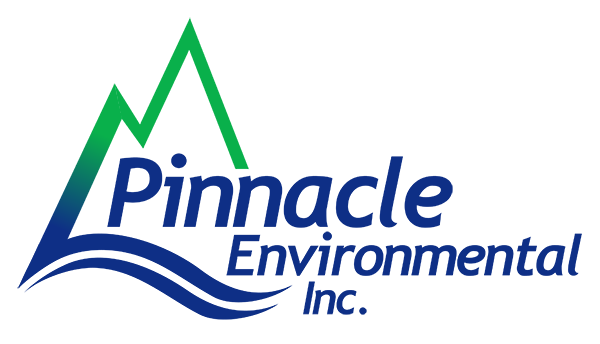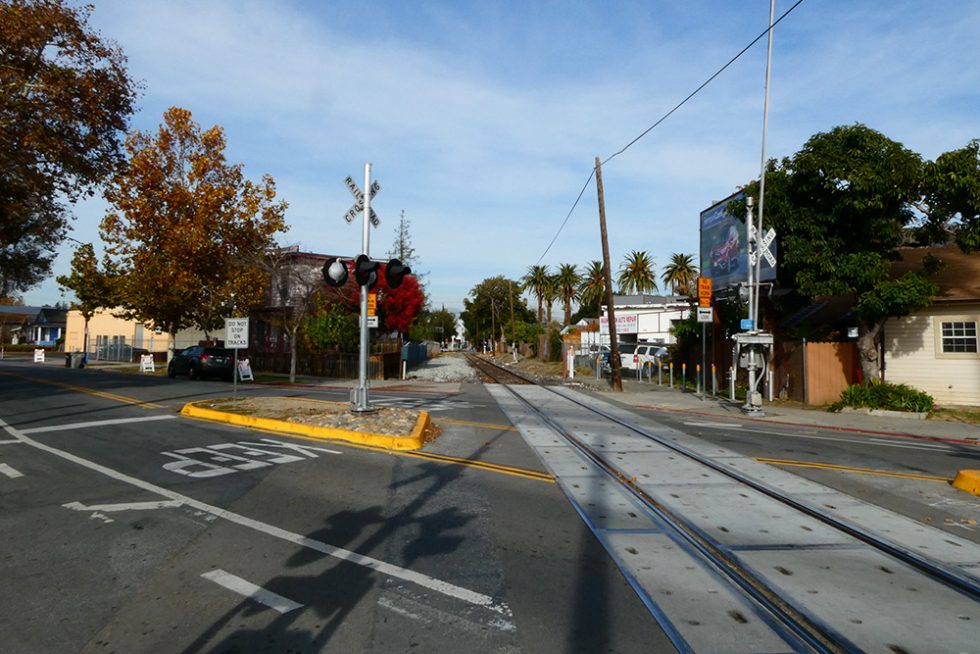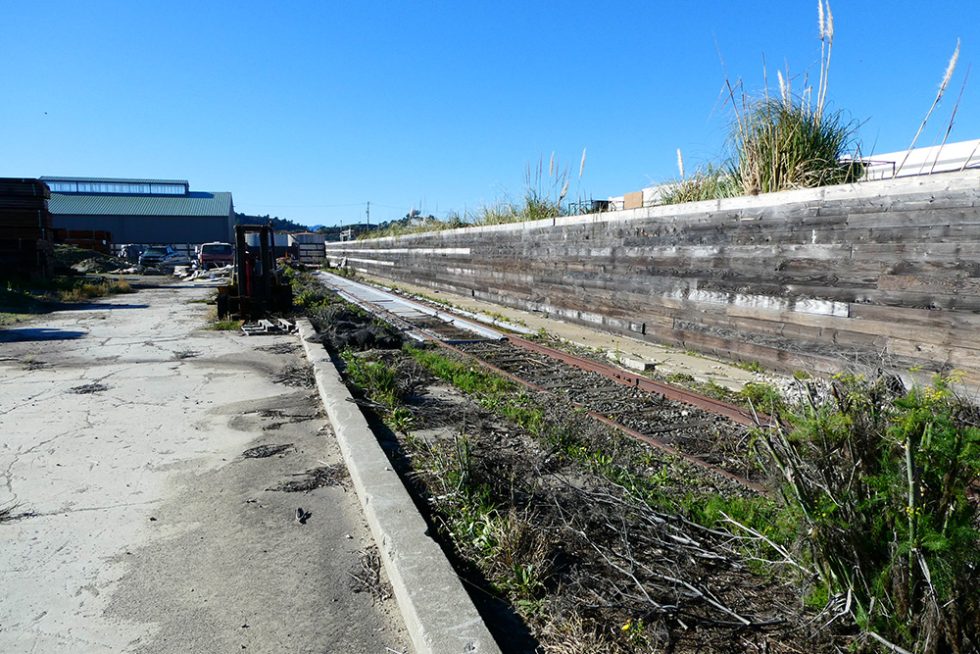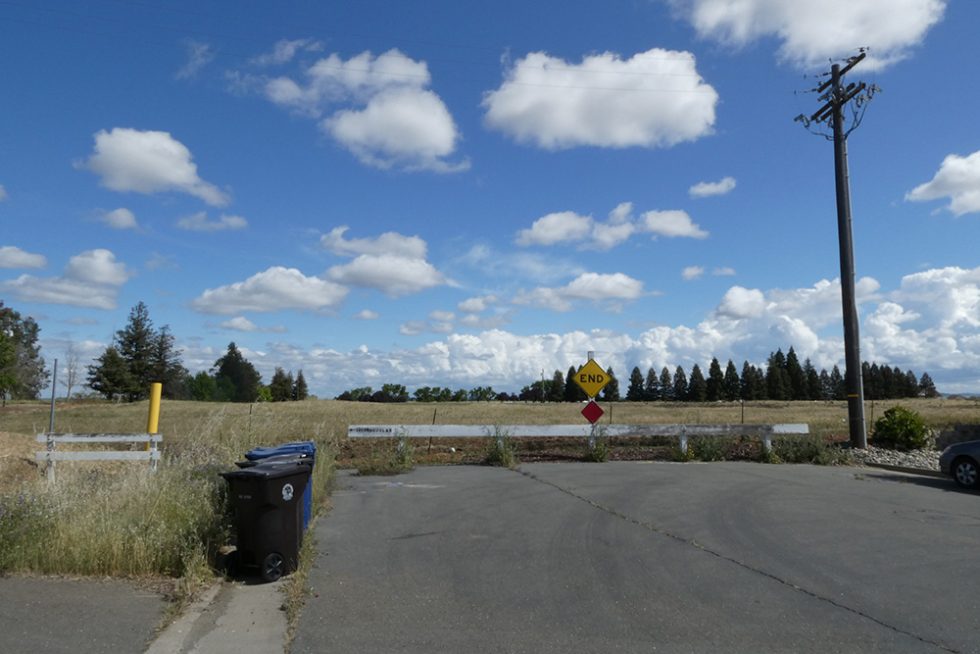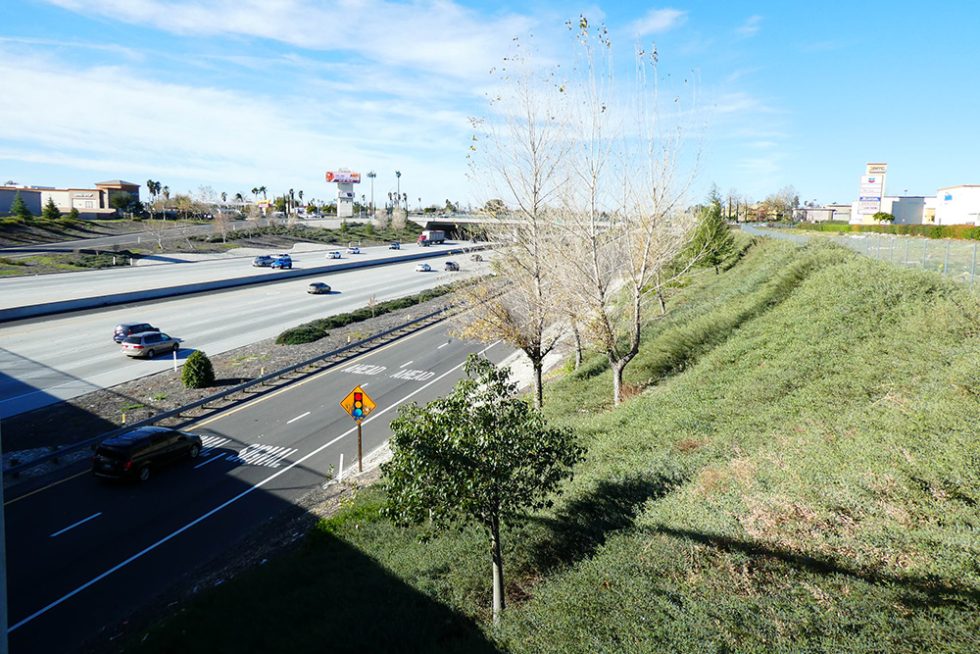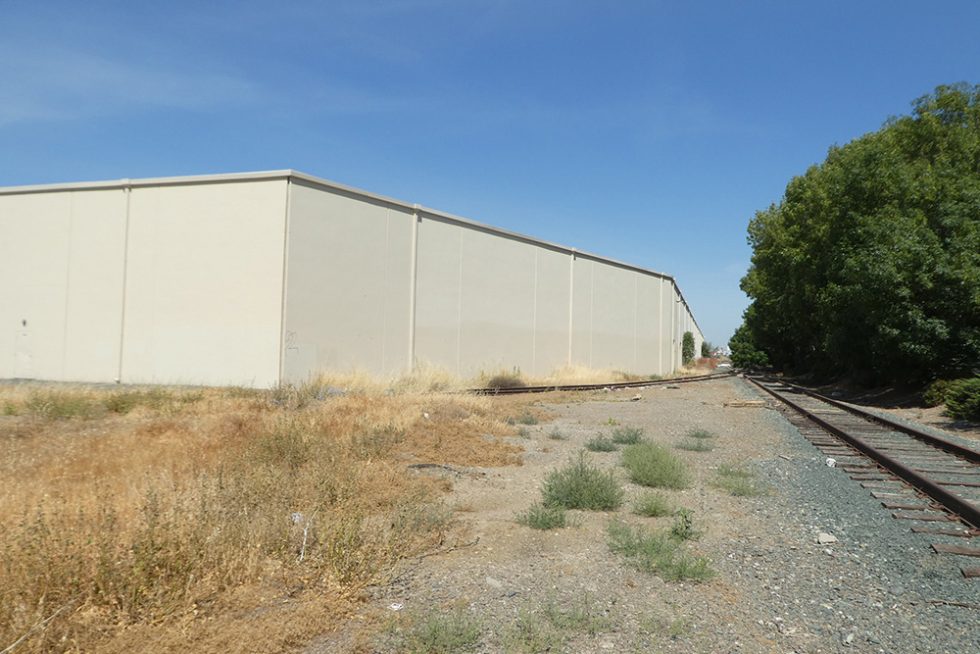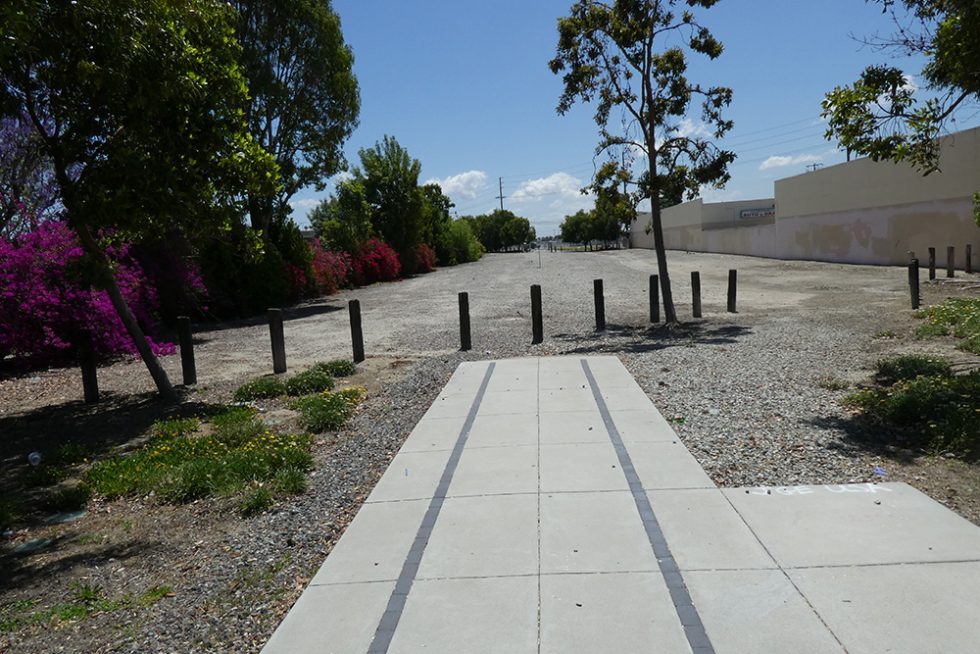Right of Way Acquisition and Assessment
Right of Way Acquisition and Assessment
The process of acquiring the necessary rights to build or expand infrastructure such as roads, highways, pipelines, railways, or utility lines can be a complex and time-consuming process. This process, known as right-of-way acquisition, involves a number of steps, including assessing the properties involved, appraising their value, negotiating with property owners, and securing the necessary rights. Whether you are a government agency or private entity looking to build or expand infrastructure, understanding the right-of-way acquisition process is essential to ensuring a successful outcome.
What is Right-of-way Acquisition?
Right-of-way acquisition is a process that allows a government agency or private entity to acquire land or property rights from the owner in order to build or expand infrastructure such as roads, highways, pipelines, railways, or utility lines. The assessment process is the initial stage of this process and helps to determine the scope and feasibility of the project.
The right-of-way acquisition and assessment process involves identifying the project and properties involved, conducting a site survey, appraising the properties, determining the required rights, negotiating with property owners, and securing the right-of-way. This process can be complex and may involve legal proceedings. Let Pinnacle assist you in navigating through this intricate procedure.
What are some environmental concerns involved with Right-of-way Acquisition?
Right-of-way acquisition and assessment can have significant environmental impacts, particularly when infrastructure projects are being developed in sensitive areas. Some of the key environmental concerns associated with right-of-way acquisition and assessment include:
-
- Contamination associated with Acquired Lands: Since acquired land will be used for right-of-way/easement development purposes, there is a concern about worker health and safety related to future construction efforts. A thorough environmental assessment is necessary to identify potential environmental concerns, characterize the nature and extent of impacts, and mitigate impacts prior to worker exposure.
- Soil erosion and sedimentation: The construction of infrastructure can lead to soil erosion and sedimentation, which can harm aquatic ecosystems by increasing sedimentation levels and affecting water quality.
- Water pollution: Construction activities can also result in water pollution, particularly if there is a risk of spills or leaks from machinery or other equipment. This can negatively impact aquatic life and the quality of the water supply.
- Air pollution: Construction activities can also generate dust and other air pollutants, which can have negative impacts on air quality and human health.
- Noise pollution: Construction activities can generate significant noise, which can disturb wildlife and humans living in nearby areas.
Consultation with local communities and stakeholders can help to identify concerns and develop strategies to mitigate the environmental impacts of right-of-way acquisition and assessment.
